Kenya Safari Packing List
Introduction
Getting ready for your first trip to Kenya’s majestic savannahs is an intensely thrilling experience. You’ve booked the flights, planned the game drives through the iconic Maasai Mara, and now the big question hits: What exactly do I need to pack? Unlike a typical beach holiday, a Kenya safari requires specific gear to ensure comfort, safety, and the absolute best viewing experience. Overpacking is a common mistake that can lead to headaches with small internal flights, while underpacking can leave you wishing you had that extra layer for a cold morning drive.
This guide provides the ultimate, problem-solving Kenya safari packing list designed specifically for first-time visitors to the Maasai Mara, Amboseli, and other phenomenal parks. We’ll go beyond just clothing to cover essential logistics, health concerns, and cultural tips. Our goal is to eliminate your packing anxiety so you can focus entirely on spotting the Big Five and enjoying the magic of the African bush.
The Golden Rule: Soft Bags & Luggage Restrictions
Before you even pick out your first pair of khakis, you must understand the rules of the sky. The most crucial problem to solve is luggage restrictions Kenya safari. Many safari lodges, especially those deep within the conservancies, are serviced by light aircraft (Cessnas, etc.). These small planes have extremely strict weight limits, usually capping luggage at 15 kg (33 lbs) per person, and often require that your bags be stored in soft-sided luggage (duffel bags or frameless backpacks, not hard suitcases). This is due to the limited storage space and shape of the cargo hold. Failure to adhere to these limits will result in mandatory delays, separation from your bag, or costly extra fees. A practical Kenya safari packing list absolutely must start with the right soft bag to comply with these rules.
Addressing the Comfort Question: Clothing Essentials
One of the biggest concerns for new travelers is knowing what to wear on safari in Kenya. The answer is layers, and colors that blend in—but not camouflage. The African bush demands neutral tones (khaki, tan, brown, olive, sand). Crucially, avoid bright colors and, specifically, dark blue and black, as these colors are known to attract tsetse flies in certain areas, which can give you an unpleasant bite.
The best way to solve the problem of staying comfortable in the extreme temperatures is to wear layers. Even though you are preparing for a hot climate, remember those early morning and late evening game drives in open vehicles can be surprisingly cold due to wind chill and altitude. Your complete Kenya safari packing list must account for this day-to-night temperature swing, ensuring comfort from sunrise to sunset.
Section 1: The Clothing Solution
1.1. How to Dress for a Game Drive: The Layered Approach
Understanding how to dress for a game drive is key to an enjoyable and comfortable safari. The best strategy is the “three-layer” approach:
- Base Layer (Mid-Day Comfort): A moisture-wicking t-shirt or vest. This is what you wear mid-day when the African sun is at its peak and the temperatures rise.
- Mid-Layer (Morning/Evening Warmth): A lightweight fleece, pullover, or sweater. This comes on during the chilly sunrise and sunset drives and is arguably the most important item on your Kenya safari packing list.
- Outer Layer (Protection): A light, windproof, and waterproof jacket or shell. Perfect for sudden wind, light rain showers, or when the vehicle is moving at a decent speed.
Focus on materials that dry quickly. When selecting safari clothes for hot weather, lightweight cotton, linen, and technical outdoor fabrics are your allies. For every item on your Kenya safari packing list, prioritize breathability and quick drying capabilities.
1.2. Specific Clothing Items to Include
| Item | Quantity (For 7-10 Days) | Reason |
| Long-Sleeved Shirts (Neutral) | 3 | Protection from sun and insects, essential for sun-sensitive travelers. |
| Short-Sleeved T-shirts (Neutral) | 3-4 | Day-to-day comfort and layering in the heat. |
| Long Trousers/Pants (Convertible) | 2 | Must-have protection from insects and thorns, perfect for chilly evenings. |
| Shorts/Capris | 1 | For lounging around the lodge during the mid-day break. |
| Pajamas/Loungewear | 1-2 | Necessary for comfortable sleep in the camps. |
| Swimsuit | 1 | Many lodges have pools for relaxation during the mid-day heat. |
| Socks (Cotton/Wool Mix) | 5-7 pairs | Protect your feet from dust and keep them warm on morning drives. |
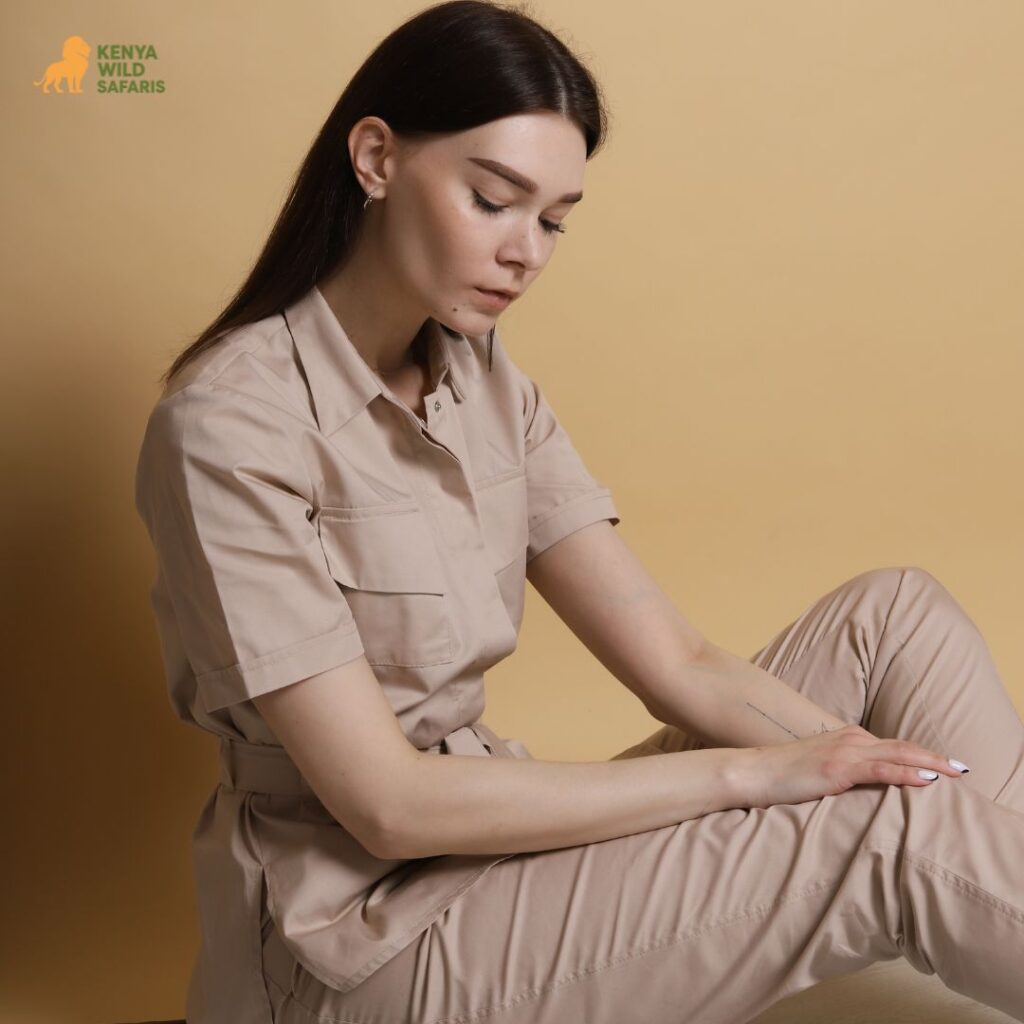
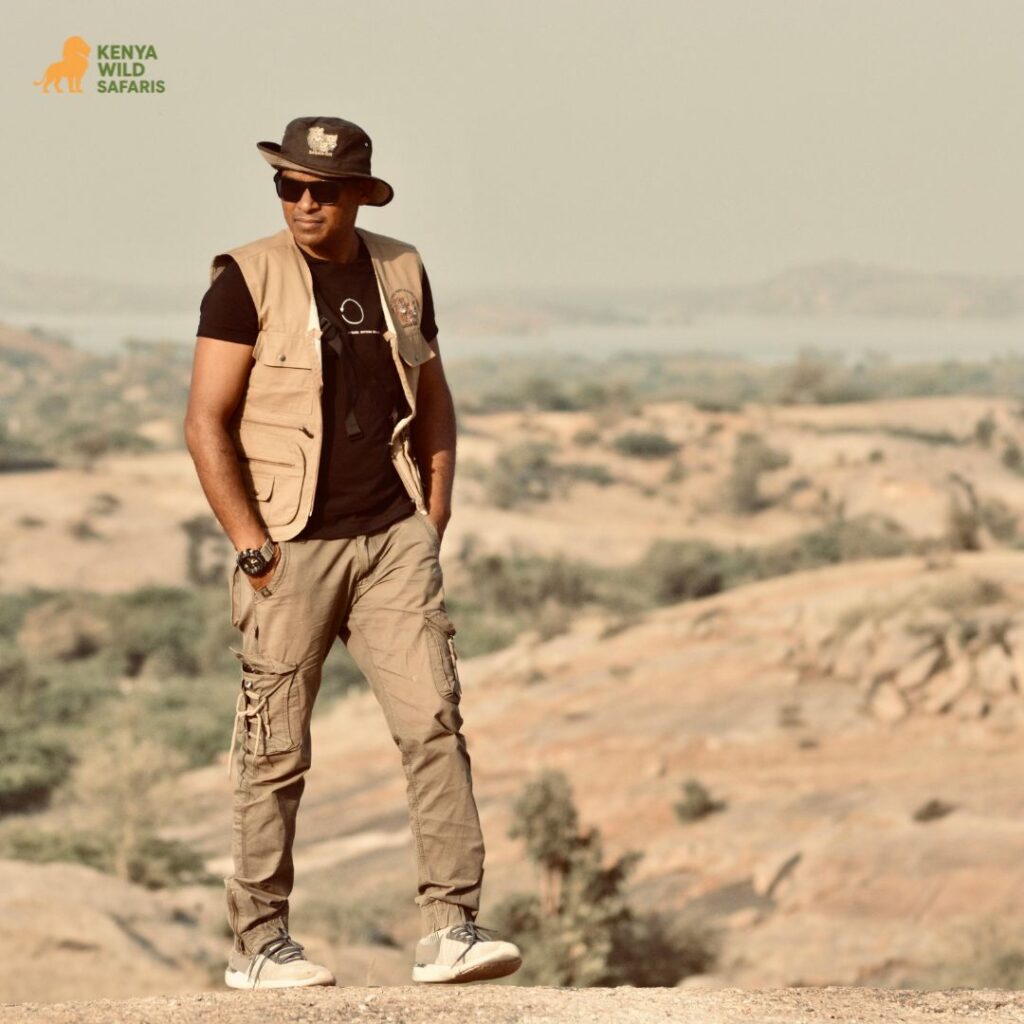
The careful selection of these items ensures you know what to wear on safari in Kenya without breaking the luggage weight limit. This thoughtfully curated Kenya safari packing list is built for re-wear and rapid drying.
1.3. Footwear and Headwear: Practicality Over Fashion
While a safari is an incredible photographic opportunity, your footwear should prioritize function. Forget open sandals for game drives. You need closed, comfortable shoes for walking between your tent and the lodge, and for potential short walking safaris.
- Shoes: One pair of comfortable, broken-in walking shoes or light hiking boots, suitable for dusty terrain.
- Sandals/Flips: One pair for use around the lodge, pool, and inside your tent.
- Hats: A wide-brimmed hat is absolutely non-negotiable for sun protection. It prevents sunstroke and severe sunburn. A baseball cap is a substitute but doesn’t protect the neck.
These small decisions make a huge difference in comfort, proving that the perfect Kenya safari packing list is all about smart choices.
1.4. The Practical Concern: Laundry and Re-wear
For multi-day trips, do not overpack! A crucial question that addresses a customer problem is Laundry on safari Kenya. Most high-end safari camps and lodges offer daily laundry service (often included in the price or available for a small fee). They will wash, dry, and return your clothes the same day. However, they generally do not wash undergarments due to cultural reasons, so you should pack enough of those or plan to hand-wash them yourself. This fact drastically reduces the amount of clothing you need on your Kenya safari packing list.
Remember that choosing safari clothes for hot weather also means choosing items that are quick to wash and quick to dry, supporting this re-wear strategy. Knowing that laundry is handled makes the required Kenya safari packing list much shorter!
Section 2: Health, Safety, and Comfort
2.1. Protection from Pests: The Bug Question
The problem is simple: Do I need bug spray for safari? The answer is absolutely, yes. While tsetse flies are active during the day (and best deterred by your clothing color choice), mosquitoes are the primary concern in the evenings, especially as many safari areas are considered malarial zones.
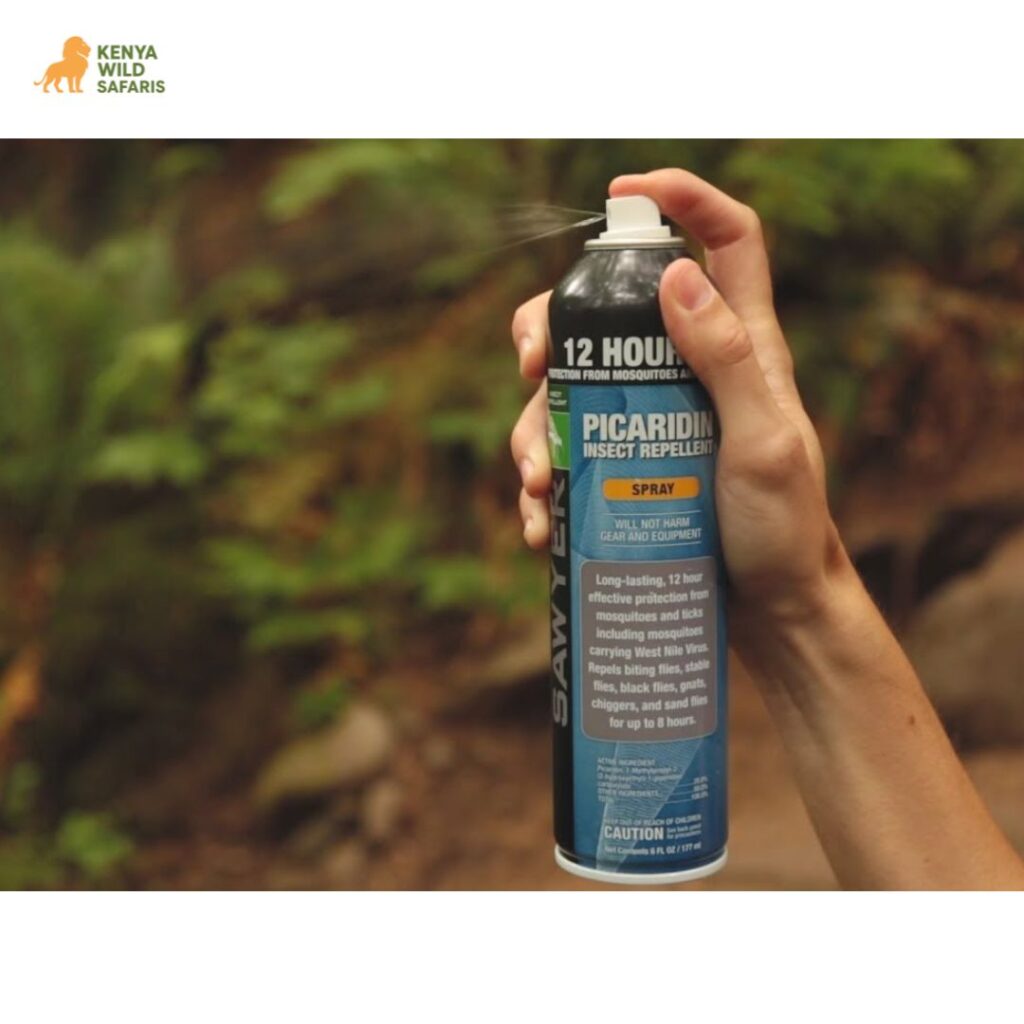
- Recommended Gear: Pack a high-DEET or Picaridin insect repellent for exposed skin.
- Clothing Treatment: Consider an insecticide like permethrin spray to treat your outer clothing layers for added protection.
- Evening Wear: Always wear long pants and long sleeves from dusk onwards (the critical time for mosquito activity).
Your comprehensive Kenya safari packing list should prioritize a high-quality repellent to ensure you enjoy the stunning African sunsets without worry about bites or illness.
2.2. Peace of Mind: The Medical Kit
Solving the health and safety problem means preparing a well-stocked Medical kit for Kenya safari. While all reputable lodges and guides carry basic first aid, having your own common remedies is essential for dealing with minor issues quickly.
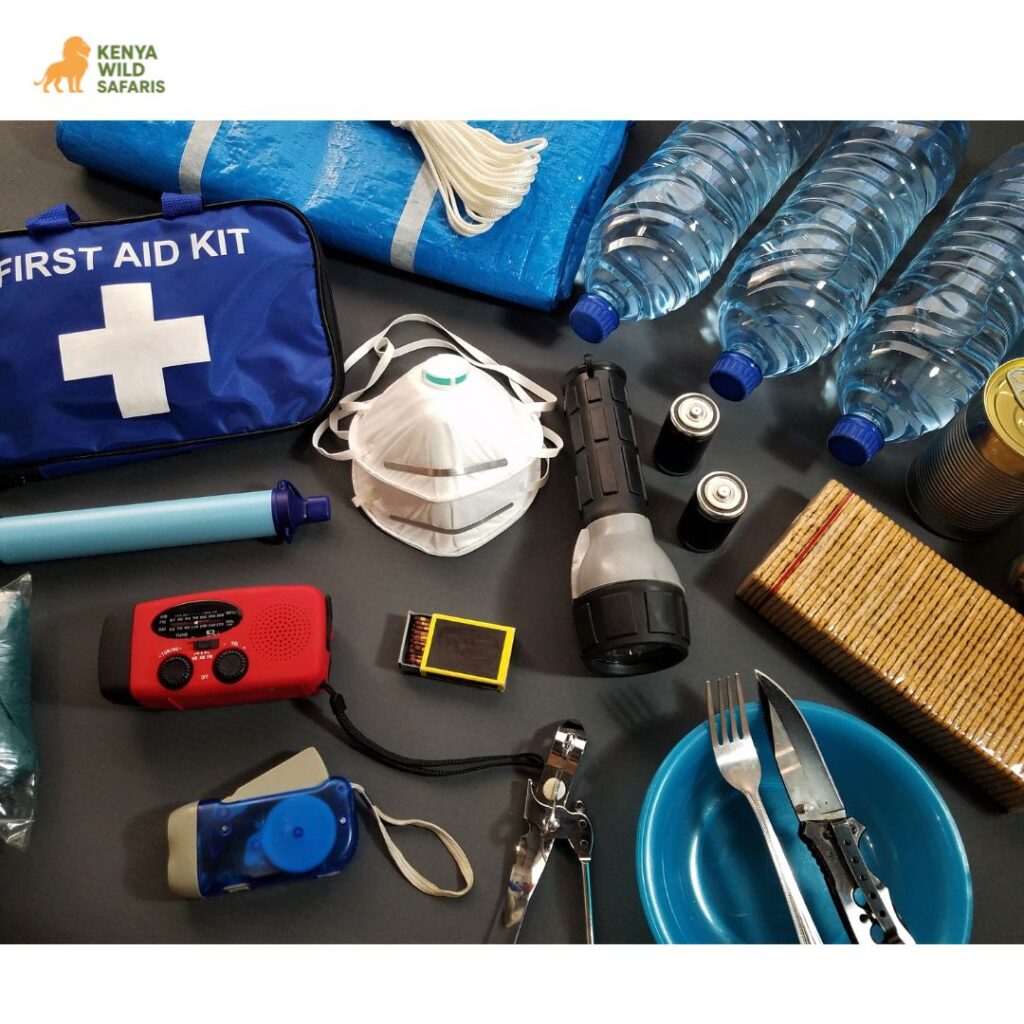
- Prescriptions: Ensure you have enough of all necessary prescription medications, plus a copy of the prescription itself (kept separate from the medication).
- Key Items: Anti-diarrhea medication (Imodium is a must-have), general pain relief (Ibuprofen/Paracetamol), anti-histamines (for bites/allergies), basic wound care (band-aids, antiseptic wipes), and rehydration salts.
- Malaria: If prescribed, do not forget your anti-malarial prophylaxis and stick strictly to the dosage schedule.
This small but vital addition to your Kenya safari packing list ensures you don’t waste precious game drive time searching for a simple headache pill.
2.3. Staying Powered: The Technical Essentials
In the age of digital cameras, mobile phones, and binoculars, power is essential for documenting your trip. The problem of how to charge your devices is solved by packing the correct Kenya safari voltage adapter.
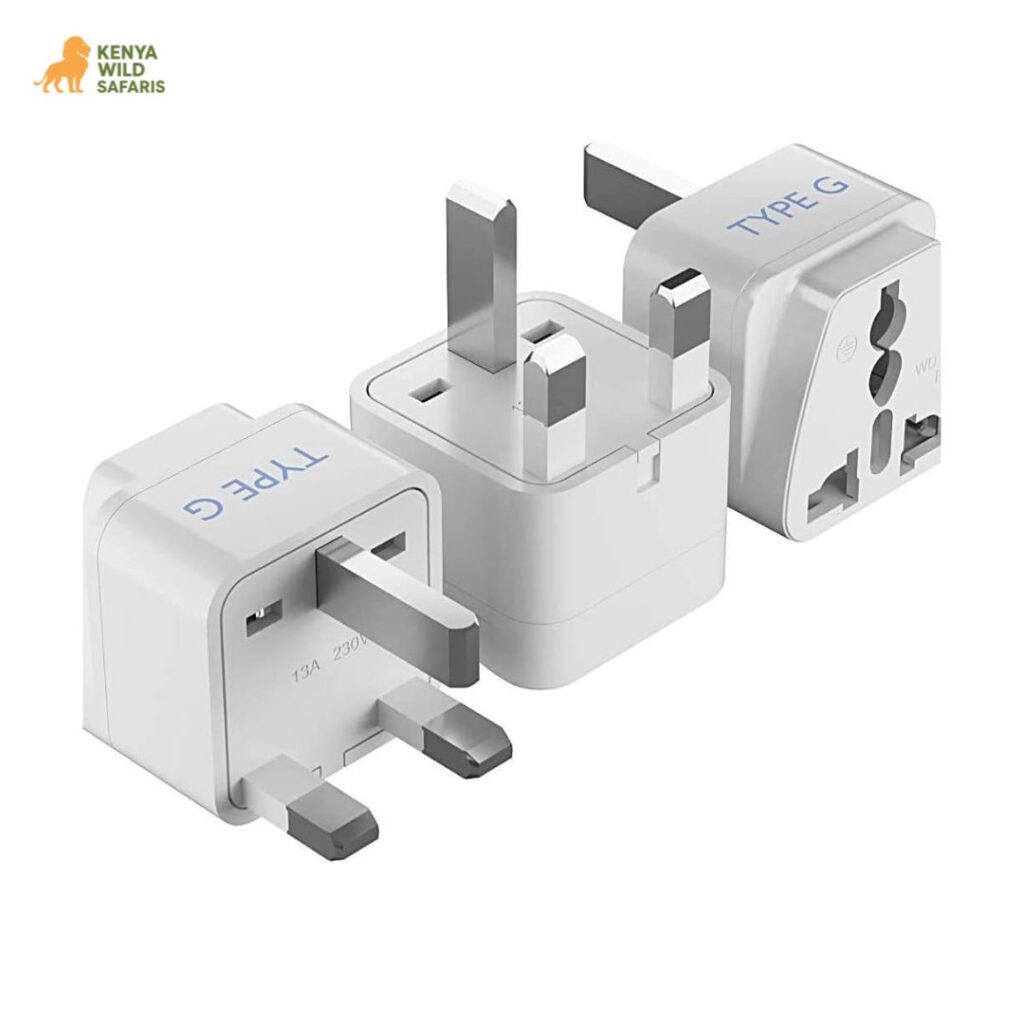
- Voltage: Kenya operates on a 240V system.
- Adapter: The plugs are the British-style Type G (three rectangular prongs). Bring one or two universal travel adapters so you can charge multiple devices simultaneously.
- Power Banks: Since power can be intermittent in remote camps (many run on generators), a fully charged portable power bank is a necessary backup on your Kenya safari packing list for keeping camera batteries topped up during long game drives.
- Binoculars: While not “gear,” they are essential. High-quality 8×40 or 10×42 binoculars drastically enhance your wildlife viewing experience and should be at the top of your list.
This section covers the technical necessities, making the Kenya safari packing list robust and ready for any situation.
Section 3: Logistics, Culture, & Non-Gear Essentials
3.1. The Financial Question: Tipping Etiquette
A non-gear item that causes immense anxiety is knowing the local customs. Tipping etiquette safari Kenya is a crucial piece of knowledge that addresses the anxiety of cultural norms and knowing how much to budget. Tipping is a customary and expected part of the safari experience, as it significantly supplements the income of the staff.
- Guide/Driver: This is the most important tip. A general rule is $10–$20 USD per guest, per day. Tip your guide directly at the end of your safari or when you part ways.
- Camp Staff (Communal Box): A general tip of $5–$10 USD per guest, per day can be placed in a communal box at the end of your stay. This covers chefs, housekeepers, and trackers.
- Currency: You can tip in Kenyan Shillings (KES) or US Dollars (USD). Ensure any USD notes are crisp and new (post-2006).
Addressing the need for a non-gear essential like knowing the Tipping etiquette safari Kenya makes your overall Kenya safari packing list complete.
BOOK: 2-Day Amboseli Safari Tour
3.2. Documents and Administration
While you won’t be carrying a clipboard on your game drive, a few documents are essential and must be packed securely:
- Passport (with at least 6 months validity)
- Visa (E-Visa printed or confirmed)
- Yellow Fever Certificate (if required)
- Printed copies of all flight, accommodation, and safari booking confirmations.
- Credit cards and a small amount of cash (USD/KES).
3.3. Adapting Attire: Beyond the Game Drive
While we covered how to dress for a game drive, remember that life at the lodge is also part of the trip. A few smart-casual items are perfect for dinner in the evening. There is no need for formal wear, but a clean shirt or simple dress will be appreciated by the hosts. Remember that all of these must still fit within the constraints of the luggage restrictions Kenya safari!
The entire approach to your Kenya safari packing list should revolve around packing light, packing smart, and packing specifically for the environment and the climate.
Section 4: The Final Checklist & Summary
This guide has provided the tools to solve all the major packing problems faced by first-time travelers. By understanding the constraints of luggage restrictions Kenya safari and the necessity of layers for the climate, you are well on your way to an incredible experience.
The Ultimate Kenya Safari Packing List Checklist
| Category | Essential Items to Pack |
| Bags | Soft-sided duffel bag; Small daypack. |
| Clothing | 3 Neutral Long-sleeved shirts, 3 T-shirts, 2 Long Trousers, 1 Fleece/Jumper. |
| Footwear | Comfortable walking shoes; Lodge sandals. |
| Health | Anti-malarials, Antiseptic wipes, Painkillers, Rehydration salts. |
| Protection | Wide-brimmed hat, Sunglasses, High-DEET Insect Repellent. |
| Technical | Type G Kenya safari voltage adapter, Power Bank, Chargers. |
| Cultural | USD notes for tipping. |
| Documents | Passport, Visa (printed), Yellow Fever Certificate. |
The journey is just beginning, and preparation is the key to minimizing stress and maximizing joy. With this perfectly curated Kenya safari packing list, you are equipped to fully immerse yourself in the magic of Kenya. Enjoy your adventure!



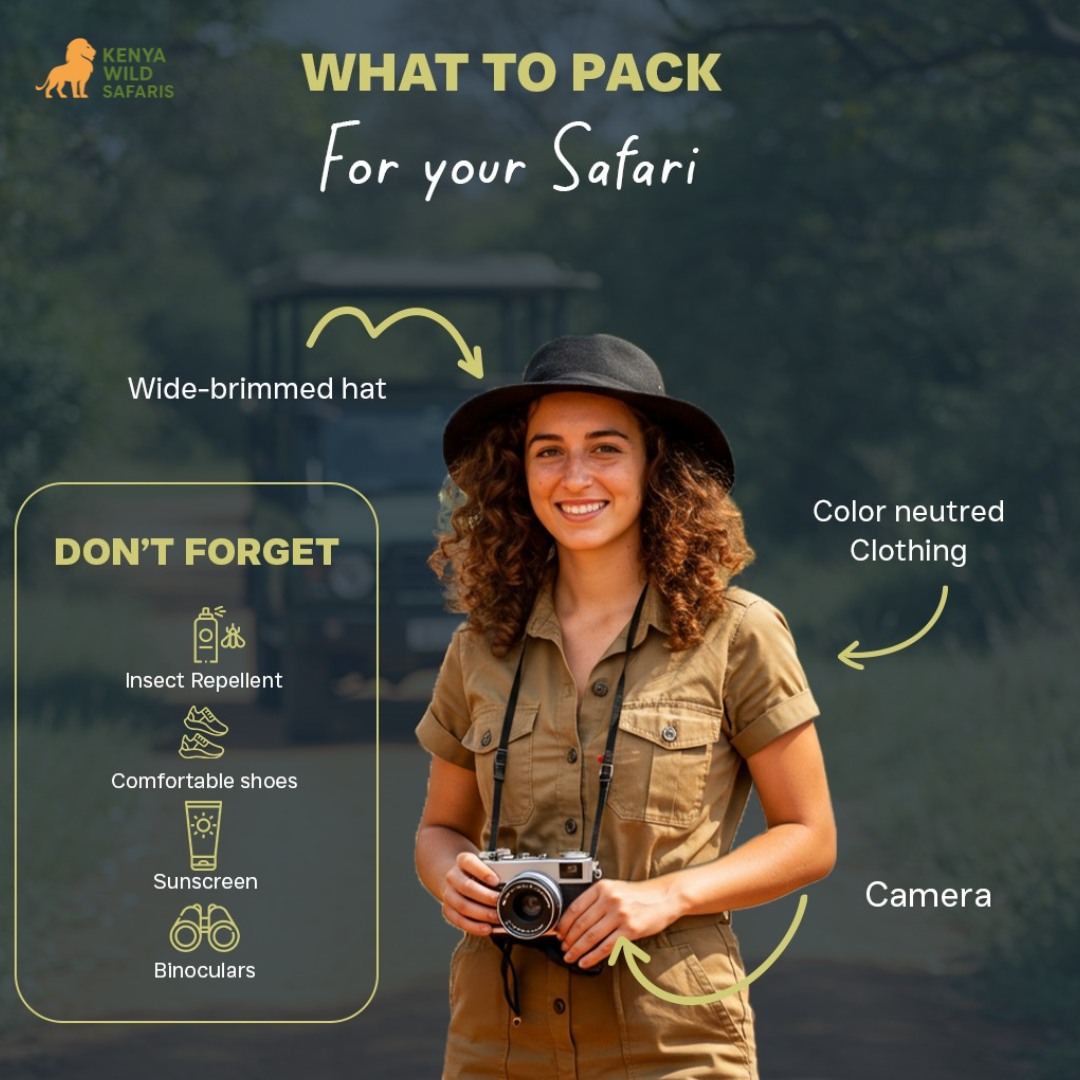


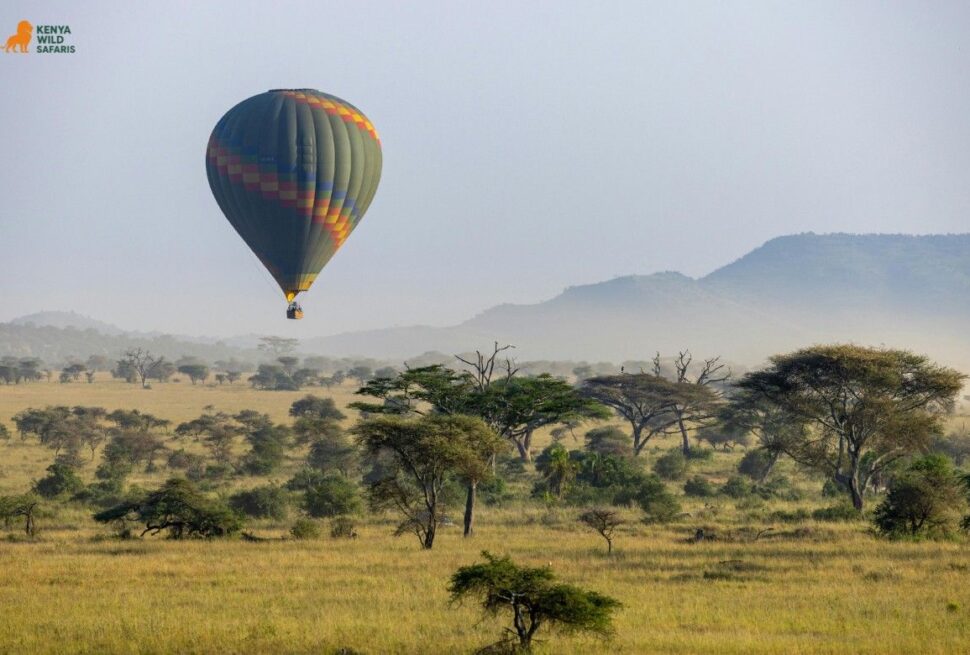

[…] ALSO READ: The Complete Kenya Safari Packing List. […]